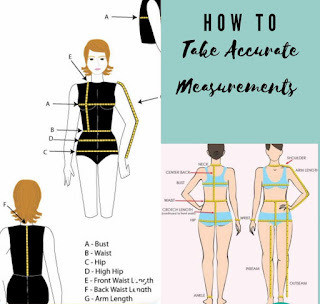SAVE MONEY WHILE LOOKING STYLISH: Style Zone with iStyle
Whether you’re someone who likes to stay stylish or you avoid the mall at all costs, you spend more than you think on clothing. Since longer-lasting clothing means more money in your pocket, be sure you do all you can to preserve your wardrobe. Of course, it definitely requires changing the way you treat your clothes . Fortunately, you don’t need special products to keep your whites clean and your dark garments looking sharp.
Making Clothes Last
1. Start With Quality
I don’t actually recommend buying expensive brand-name clothes, it’s always a good idea to purchase quality clothing. By spending more on quality pieces that never go out of style, you create a standard wardrobe with longevity in mind. Those quality investment pieces last longer thanks to thicker fabrics and better construction.
It’s also a question of quantity versus quality. When purchasing kids’ clothes, you usually want to go for quantity, since the items are only going to fit for a few seasons. However, when purchasing professional clothes for yourself or a pair of jeans to wear daily, it’s better to invest in one quality item than five poorly made pieces that may need to be replaced in a few months. (one time, while shopping I came across a pair of jeans that was really expensive and I could actually use the money for this pair to purchase at least two pairs, but I went against my human judgment and bought it........ I'm still using that particular from about two years ago).
Decide where to allot your clothing budget. Set some money aside for trendy, fun items, and reserve some cash for pieces that are bound to stand the test of time.
2. Pay Attention to Laundering
That tag found on your clothes are not there for fancy: It gives you a garment’s laundering instructions, which are designed to ensure that it stays in great shape, you may be wondering why should you pay attention to laundering? The answer is, "all clothes are not the same, so why wash them the same way"
Before you start washing your clothes, make sure you have the clothes sorted; (whites should go together, shirts should be washed separately from pants, beddings and jeans should also be washed separately because throwing all your clothes in the wash would ruin them as some colors may end up staining others.)
If you know you hate hand-washing and line-drying, avoid buying clothes that require special care, if you choose to ignore care instructions, you will end up ruining it.
Some other laundering tips can help keep your clothes in great shape. While you should always check the instructions on the tag, these are some general techniques to keep in mind as you go about your laundry.
-Wash Dark Clothing Inside-Out.
-Invest in a Clothesline or Drying Rack, If you don’t have a place to line-dry your clothes.
Wash Metal Separately. Buttons and zippers often find their way into the wash, but can become seriously hot in the dryer, which can lead to scorching and melting on your other clothes. Wash clothing with metal components separately and never with delicate clothes, such as silks or knits.
Go Color-Safe. Is there anything more frustrating than ruining clothes with bleach? While it helps make your whites whiter, it can also stain colored clothes and damage delicate fibers.
Wash Your Clothes Less.
While growing up, I never understood why our mothers would return from events, air out their wrappers and blouses then fold it and store it in their boxes; this is why - The washing process is famously tough on clothes. Agitating, tumbling, and coming in contact with other garments can leave garments faded, stretched, peeling, and damaged. Unless your outerwear is visibly dirty, you probably don’t need to wash it after each wearing. See if you can extend washing to two or even three wears, before you toss your garments in the laundry.
-Get to Know Your Settings.
While each make and model of washers and dryers are different, they all have something in common: They come with instruction manuals, I know most people are so impatient that they don't like going through instructions even while writing exams, but you have to read up on your model so you know when to use “wrinkle release” as opposed to “delicate.” Delicate settings traditionally work well for lingerie, but they’re also effective for clothes that you want to preserve and treat gently. The delicate cycle uses less agitation, so there’s less wear and tear. This setting is perfect for lightly soiled stuff that requires a little extra care, or for items that specify the “delicate” setting on the tag.
When clothes shopping, look for clues that an item is made to last – and remember, price isn’t the only indicator. Instead, try to spot attention to detail, as well as tight seams and buttons. If the material is overly thin, or you see loose threads, buttons, or snags, those are clues that an item may not be very well made.
Next week, I'll bring more tips on how to maintain your clothes.
Ojonugwa Isaac
FB John Isaac Ojonugwa
IG @aizyq___ @istyle.enterprise






Comments
Post a Comment